Our Products
Explore our premium raw agro products sourced sustainably from Africa.
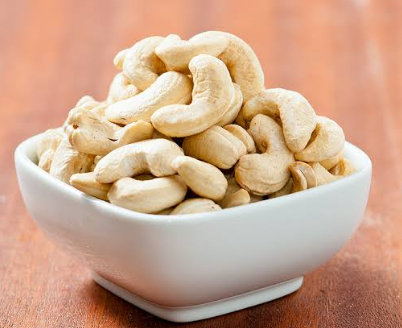
Raw Cashew Nuts
West African raw cashew nuts stand as a testament to the region's culinary heritage and agricultural prowess. From their creamy texture and buttery flavor to their nutritional richness and cultural significance, these versatile nuts continue to captivate palates and inspire culinary innovation across the globe. Whether enjoyed as a savory ingredient or a wholesome snack, raw cashew nuts remain an indispensable part of West African cuisine and culture.
Raw cashew nuts also offer a myriad of health benefits. Rich in protein, healthy fats, and essential minerals such as magnesium and phosphorus, they contribute to overall well-being and vitality. Moreover, the presence of vitamins B6, E, and K, along with antioxidants, enhances their nutritional value, making them a wholesome addition to any diet.
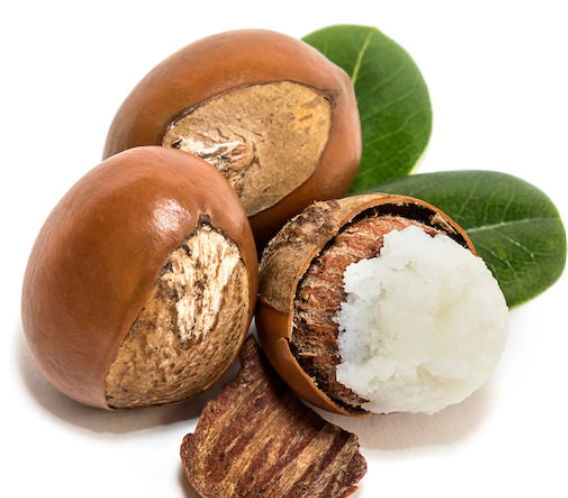
Shea Nuts
Shea nuts, scientifically known as Vitellaria paradoxa, are an invaluable natural resource originating from the heart of Africa. Shea trees, the source of Shea nuts, thrive in the savannah regions of West Africa, spanning countries like Ghana, Nigeria, Burkina Faso, and Mali.
These majestic trees, also known as "women's gold" or "karité," have been integral to the livelihoods of local communities for generations. Shea nuts are small, brown, or greenish seeds encapsulated within the fruit of the Shea tree. They possess a distinct earthy aroma and a rich, oily texture. The kernels within the nuts are the prized essence, containing a plethora of nourishing compounds that make them highly sought after in various industries, particularly cosmetics and culinary arts.
Shea nuts are renowned for their exceptional moisturizing and nourishing properties, making them a staple ingredient in the skincare industry. The extraction of Shea nuts from these nuts yields a rich, creamy substance that is widely used in lotions, creams, balms, and soaps. Shea nuts is cherished for its ability to hydrate, soften, and rejuvenate the skin, making it a beloved remedy for dryness, inflammation, and other dermatological concerns.
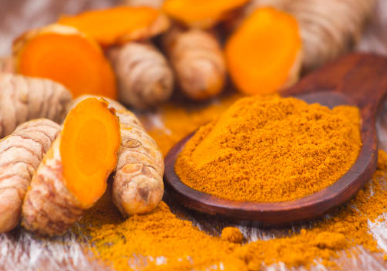
Turmeric
Turmeric, scientifically known as Curcuma longa, traces its origins to the tropical climates of West Africa, where it thrives in the fertile soils and warm, humid conditions. West African turmeric is distinguished by its vibrant golden color, earthy aroma, and distinctively warm, slightly bitter flavor profile. The rhizomes, or underground stems, of the turmeric plant are the prized part, containing potent compounds such as curcumin, which imbue the spice with its therapeutic properties.
Whether used fresh or dried, turmeric adds depth and complexity to a wide array of dishes, from savory curries to refreshing beverages.
Beyond its culinary and medicinal uses, turmeric holds deep cultural significance in West African societies. It is integrated into various rituals, ceremonies, and traditional practices, symbolizing prosperity, purification, and spiritual healing. Turmeric plays a central role in wedding ceremonies, religious festivals, and cultural celebrations, where it is used as a ceremonial adornment, offering, or ingredient in symbolic dishes.
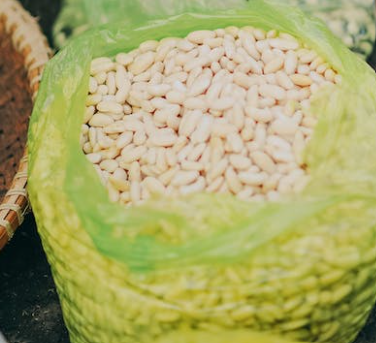
Soybeans
Soybeans, scientifically known as Glycine max, were introduced to West Africa several decades ago, and since then, they have become an integral part of the agricultural landscape. West African soybeans are a nutritional powerhouse, packed with protein, essential amino acids, fiber, vitamins, and minerals. They serve as a valuable source of plant-based protein for communities across the region, particularly in areas where access to animal protein is limited. Additionally, soybeans are rich in iron, calcium, and B vitamins, contributing to overall health and well-being.
Soybeans are commonly used to make soy milk, tofu, and other soy-based products, providing nutritious alternatives to dairy and meat. Soybeans are also ground into flour for baking bread, pastries, and traditional snacks. Furthermore, soybean oil is prized for its neutral flavor and high smoke point, making it suitable for frying and cooking a variety of dishes.
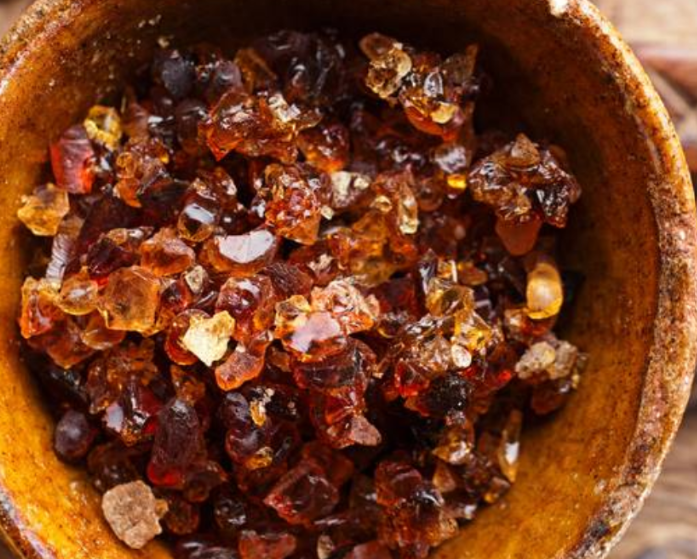
Gum Arabic
Gum Arabic, also referred to as acacia gum, is derived from several species of Acacia trees, predominantly Acacia Senegal and Acacia seyal, native to the semi-arid regions of sub-Saharan Africa. Gum Arabic serves as a common ingredient in a wide range of food and beverage products.
Its emulsifying, stabilizing, and thickening properties make it a valuable additive in the food industry, where it is used in products such as confectionery, soft drinks, dairy products, and sauces. In traditional African cuisine, Gum Arabic is also utilized as a binding agent and flavor enhancer in dishes such as porridge, soups, and meat stews.
Gum Arabic boasts medicinal properties that have been recognized for centuries. It is known for its prebiotic effects, promoting the growth of beneficial bacteria in the gut and supporting digestive health. Moreover, Gum Arabic is rich in dietary fiber and antioxidants, making it a valuable addition to functional foods and dietary supplements aimed at improving overall well-being. Gum Arabic's unique properties serve as a thickening agent, binder, and stabilizer in industries such as pharmaceuticals, textiles, cosmetics, and lithography. In the pharmaceutical industry, Gum Arabic serves as a coating for pills and tablets, while in the cosmetics industry, it is used in skincare products for its moisturizing and film-forming properties.
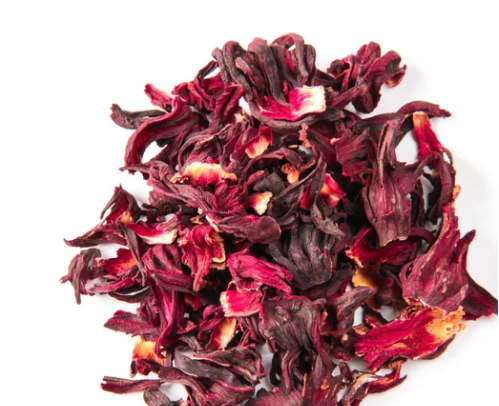
Hibiscus
Hibiscus, often referred to as the "Queen of the Tropics," is a genus of flowering plants that belong to the family Malvaceae. Renowned for its strikingly vibrant and diverse flowers, the hibiscus holds a special place in cultures around the world, not only for its aesthetic appeal but also for its numerous practical uses. One of the most popular uses is in herbal teas and infusions. Hibiscus tea, made from the dried petals of the plant, is not only refreshing but also packed with antioxidants and vitamins. It is believed to have various health benefits, including lowering blood pressure and cholesterol levels.
Different parts of the plant, including the flowers, leaves, and roots, are used to treat ailments such as hypertension, digestive issues, and even hair loss. Hibiscus extracts and oils are also commonly used in the cosmetic and skincare industries. They are prized for their moisturizing, anti-inflammatory, and antioxidant properties.
Hibiscus-based products can be found in everything from moisturizers and serums to shampoos and conditioners.
